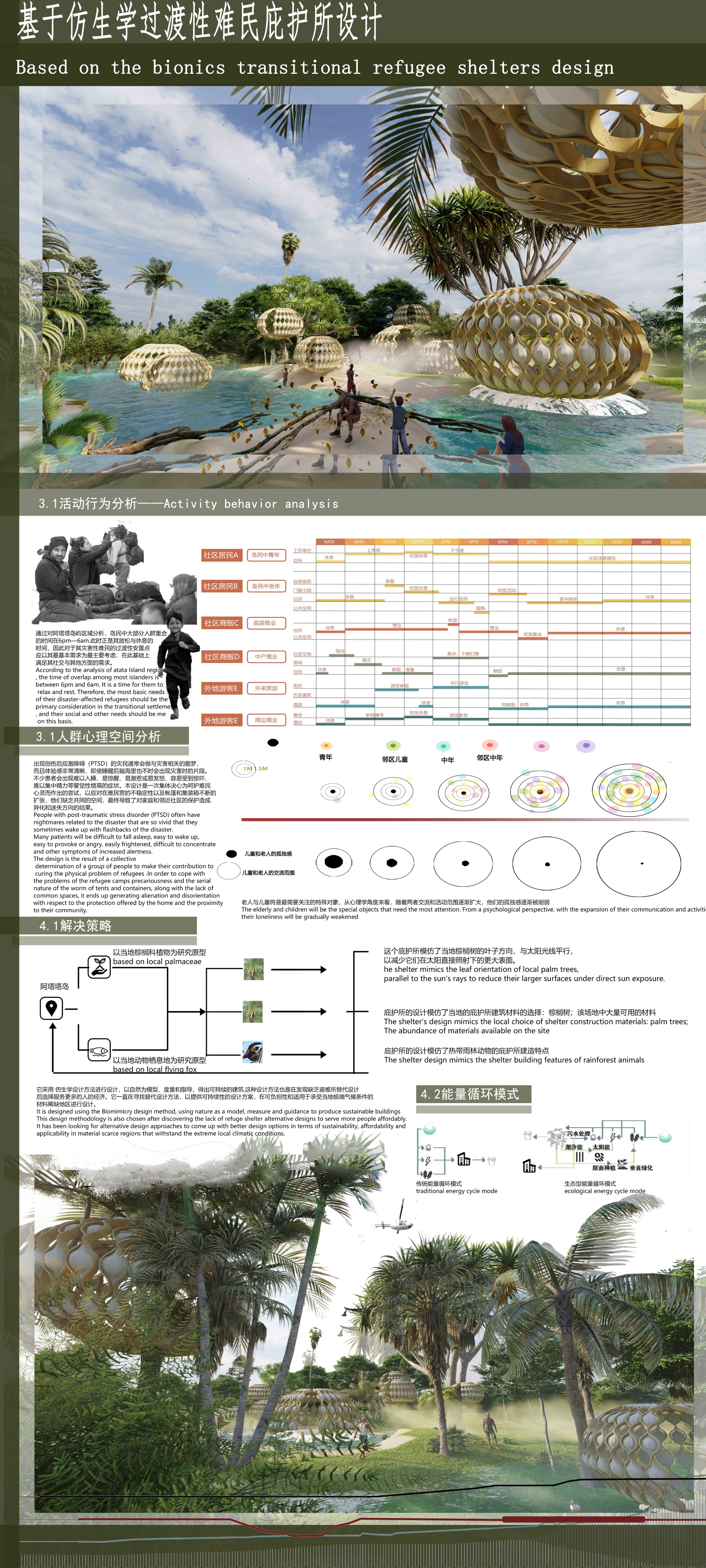DE4403 Reflective Journal
Course content Review and harvest
A. Show the cases in the previous learning process and their own works to stimulate their own design inspiration and direction
During the process of studying environmental design, many cases I have come across have deeply inspired me to choose universal design as the main research direction during my postgraduate study.
I. The Embodiment and Inspiration of Universal Design in Public Space Cases
Take Tivoli Gardens in Copenhagen, Denmark as an example. This park is a public space that integrates multiple functions and caters to the needs of diverse groups of people. The design of the paths in the park is very ingenious. The width of the roads is sufficient for wheelchairs and strollers to go side by side, and the road surface is flat without too many undulations, which reflects the principle of equitable use in universal design (Preiser, W. F. E., & Ostroff, E., 2001). At the same time, careful consideration has been given to the height, shape, and material of the resting facilities in the park. Whether it is a comfortable seat with a backrest for the elderly, a simple bench that young people may prefer, or a low stool that children can use safely, they are all provided. This design method of Tivoli Gardens not only meets the needs of people of different ages, physical conditions, and behavioral habits but also creates a harmonious and inclusive public environment. This makes me realize that universal design can greatly improve the efficiency of public space use and user experience, and it has inspired me to further explore how to integrate this concept into various environmental designs.
II. The Influence of Universal Design Cases in Residential Environments
We can see the excellent application of the universal design concept in the design of some new - type elderly community residential environments. For example, in some elderly communities in Japan, the internal space layout of the buildings adopts an open - plan design, which is convenient for wheelchairs to pass freely. At the same time, the furniture in the rooms is all rounded to avoid bumping and hurting. In the outdoor space of the community, the height difference between the green areas and the walkways is designed to be very small, and handrails are installed, which are convenient for the elderly to take a walk for exercise and also for children to play. According to the view of Steinfeld, E., & Maisel, J. (2012) in "Universal Design: Creating Inclusive Environments", universal design takes into account the full range of human abilities in design considerations. The design of the residential environment in the elderly community, which caters to different age groups and people with different physical functions, makes me realize that universal design has great potential in improving the quality of the residential environment and promoting social integration, thus strengthening my determination to further study the application of universal design in environmental design during my postgraduate study.
III. The Inspiration of Universal Design in Commercial Environments
Let's look at the environmental design of commercial complexes. Take Marina Bay Sands in Singapore as an example. The indication sign system inside the shopping mall is very clearly designed and installed at different heights, which is convenient for people of different heights to view; the layout and size of the elevator buttons take into account people with different degrees of hand dexterity, including children and people with disabilities; the seating arrangements in the public rest areas include single - person seats and multi - person seats, and the distance between seats is reasonable, which can meet the social needs of different people. The flexibility principle in the seven principles of universal design proposed by the Center for Universal Design (1997) is well - reflected in this case. This commercial environmental design case makes me see that universal design can enhance the attractiveness and competitiveness of commercial places, which makes me want to further explore how to apply the universal design concept to more commercial environments and other types of environmental design innovation during my postgraduate study.
These cases in the learning process, combined with the support of relevant literature, have made me fully realize the multiple values and infinite potential of universal design in the field of environmental design. Therefore, I firmly choose universal design as the main research direction for environmental design during my postgraduate study.
B. Explore design inspiration through installation
I.Problems at this stage:
the exploration direction of the first two weeks is a little remote, and the problem is that we should not hold a definite and specific research question to find the direction.
II.change of thinking:
I should find relevant elements in the case which attracted me, then analyze them and their interactions.
References
Center for Universal Design. (1997). The Principles of Universal Design, Version 2.0.
Preiser, W. F. E., & Ostroff, E. (2001). Universal Design Handbook.
Steinfeld, E., & Maisel, J. (2012). Universal Design: Creating Inclusive Environments.
The following is a selection of personal works










 浙公网安备 33010602011771号
浙公网安备 33010602011771号